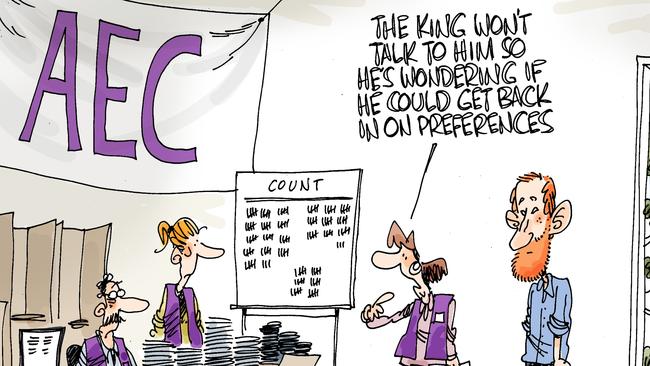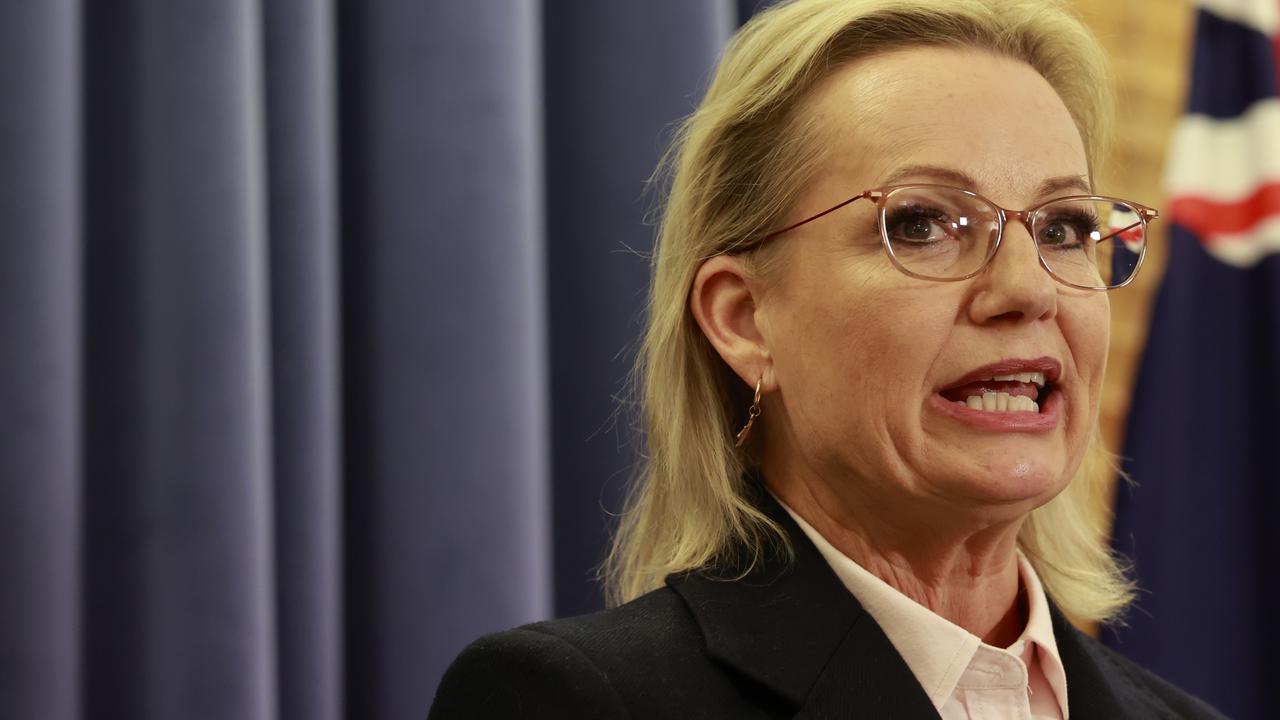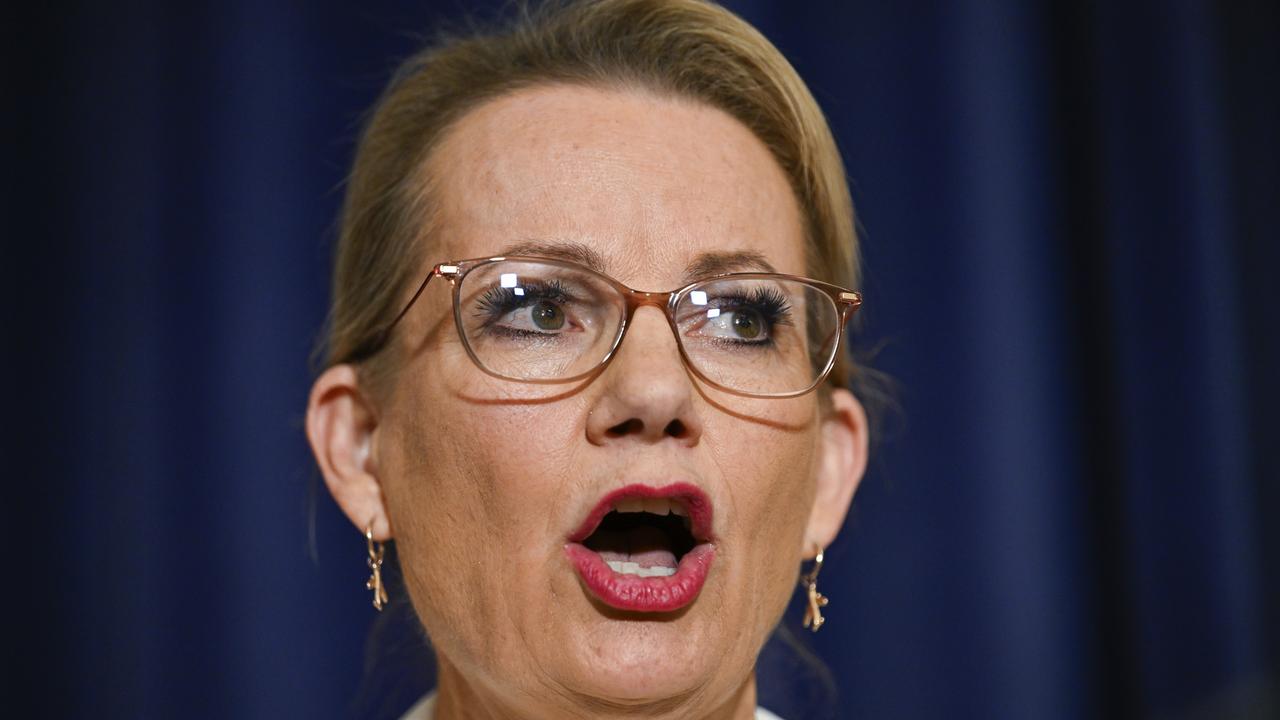Vote: 10 best cartoons of the 2025 federal election campaign
The 2025 federal election campaign has been dominated by talk of policies and deals … and then there is the lighter side of things. CAST YOUR VOTE
Analysis
Don't miss out on the headlines from Analysis. Followed categories will be added to My News.
The 2025 federal election campaign has been dominated by talk of policies and deals … and then there is the lighter side of things.
Our cartoonists have been there to cover the best – and worst – moments of the campaign trail, putting a hilarious twist on things.
Mark Knight’s April 9 cartoon depicting former Victorian premier Daniel Andrews coming to the aid of Prime Minister Anthony Albanese was voted the best of the best by our readers.
These are 10 of the best cartoons – cast your vote for which one tickles your funny bone >>>
Greens’ policy demands
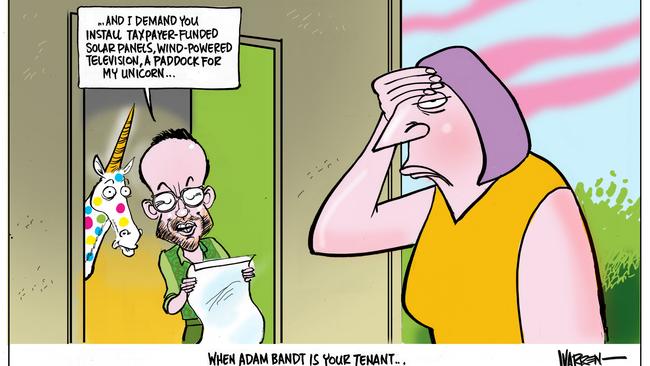
Adam Bandt on April 9 dismissed Prime Minister Anthony Albanese’s comments that he wouldn’t cut a deal with the Greens if the election results in a minority government.
“I think there is an expectation that, in the next parliament, it’s a minority parliament, that we work together,” he said.
“We’re putting on the table what we would like to see.”
■ See the gallery of all the campaign cartoons
Andrews to the rescue
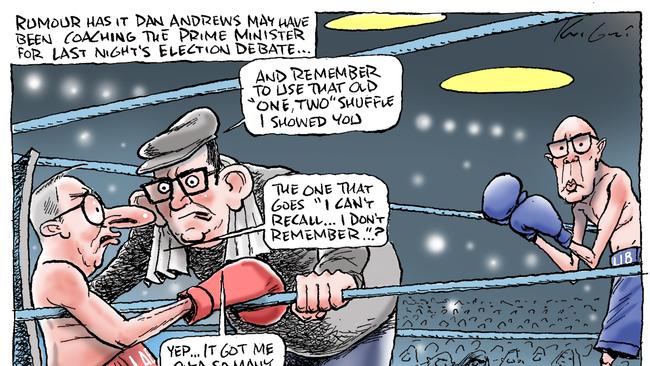
It was revealed that former Victorian Premier Daniel Andrews was helping the Prime Minister prepare for the first leaders’ debate, posing as Peter Dutton as Mr Albanese rehearses.
The pair are long-time friends, and famously lived together in Canberra when Mr Andrews worked as a political staffer.
Dutton’s mixed messages
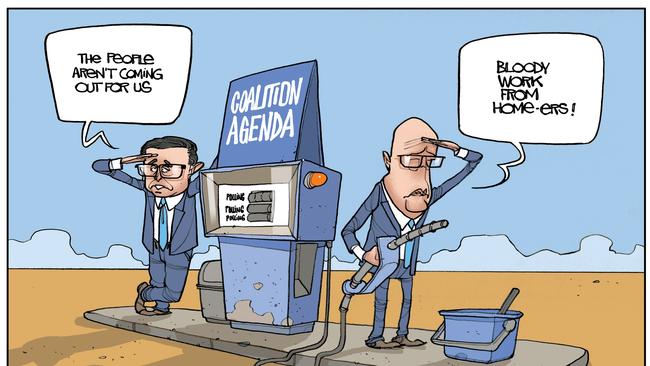
Peter Dutton ditched his plan to make Canberra public servants work from the office five days a week after the policy proved unpopular with voters, particularly among women who want work flexibility, telling Australians “we have listened”.
Mr Dutton, speaking on Today from Adelaide, admitted he was asking for forgiveness from female voters, saying it was a “mistake” to stop Canberra public servants working from home.
Trump takes centre stage
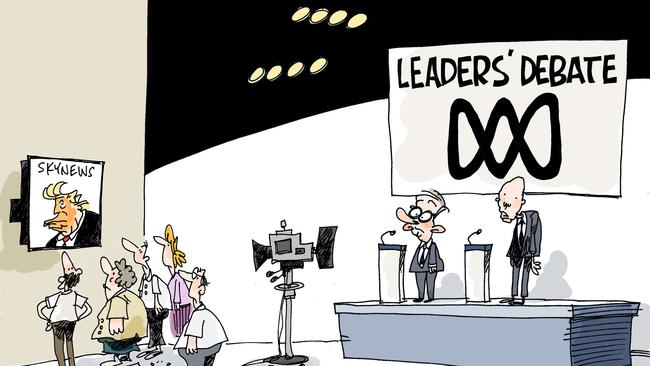
While the campaign has had its own twists and turns, nothing has taken centre stage quite like Donald Trump’s tariff plan.
The US President seems to have been front and centre in an Australian election and how each party deals with him continues to be monitored.
How the west was won
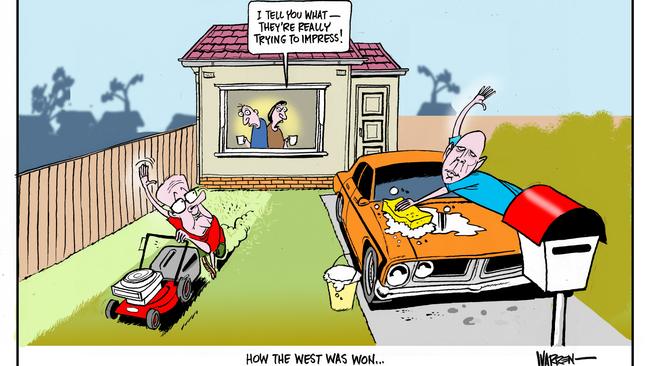
Both leaders went hard in the battle for western Sydney, with key seats set to play a major part on May 3.
There were all sorts of promises made before and after the Future West event was held in Sydney.
Dragging the chain
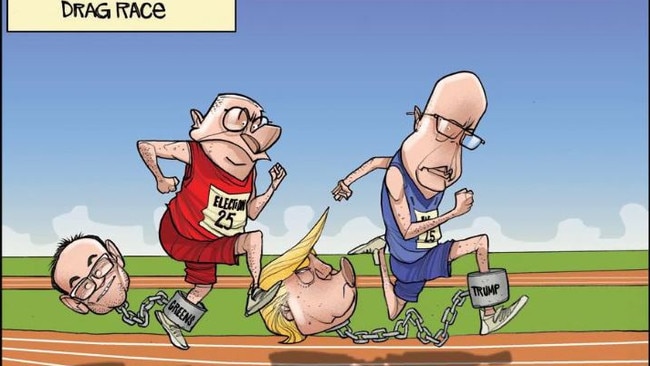
How will Labor deal with the Greens? And can the Coalition handle Donald Trump?
Both parties have questions to answer – or chains to drag – across the course of the campaign.
Good, bad and ugly
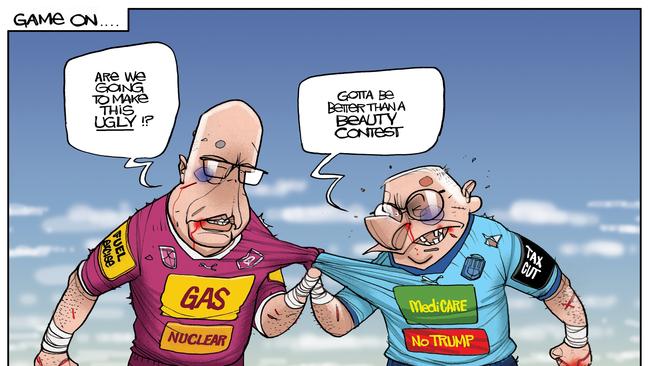
Like most campaigns, things can get ugly quickly.
Both major parties have taken swipes at each other, with Albo’s team doing their best to make sure we know all about the fairytales and not about the failures.
There have been signs …
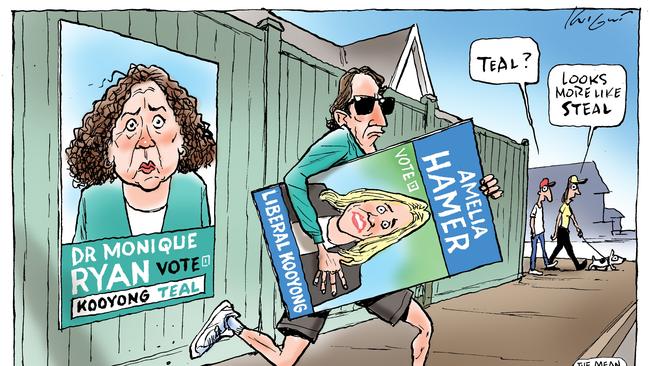
The Liberals dealt their opponents in Kooyong a savage blow after Teal MP Monique Ryan’s husband was filmed stealing rival candidate Amelia Hamer’s campaign signage.
Dr Ryan’s partner, Peter Jordan, was shown ripping Ms Hamer’s signage off a fence in footage posted to social media on March 24.
Budget ‘misses the mark’
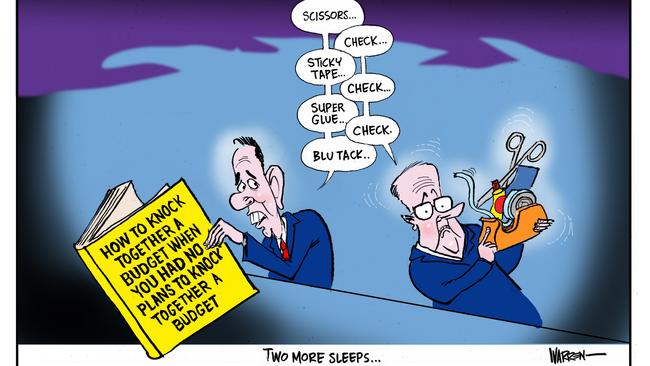
Chief executives and company directors delivered a sharp critique of Labor’s pre-election budget, slamming the prospect of a decade of deficits and a failure to push ahead with substantive policy reform.
Jim Chalmers’ fourth budget was headlined by 10 years of deep deficits, multibillion-dollar sweeteners for middle Australia voters in battleground electorates, $648m in Medicare exemptions for a million low-income earners and minimalist tax cuts.
Renewables debate rolls on

The Albanese government will fail to hit its target of 82 per cent renewables by 2030 with green energy only reaching 65 per cent by the end of the decade even under a best-case scenario, Rystad Energy modelling showed.
The energy consultant said the 17 per cent shortfall will be compounded by infrastructure bottlenecks and longer supply wait times which will hamper the rollout of renewables and energy storage, significantly affecting energy security for Australians.

